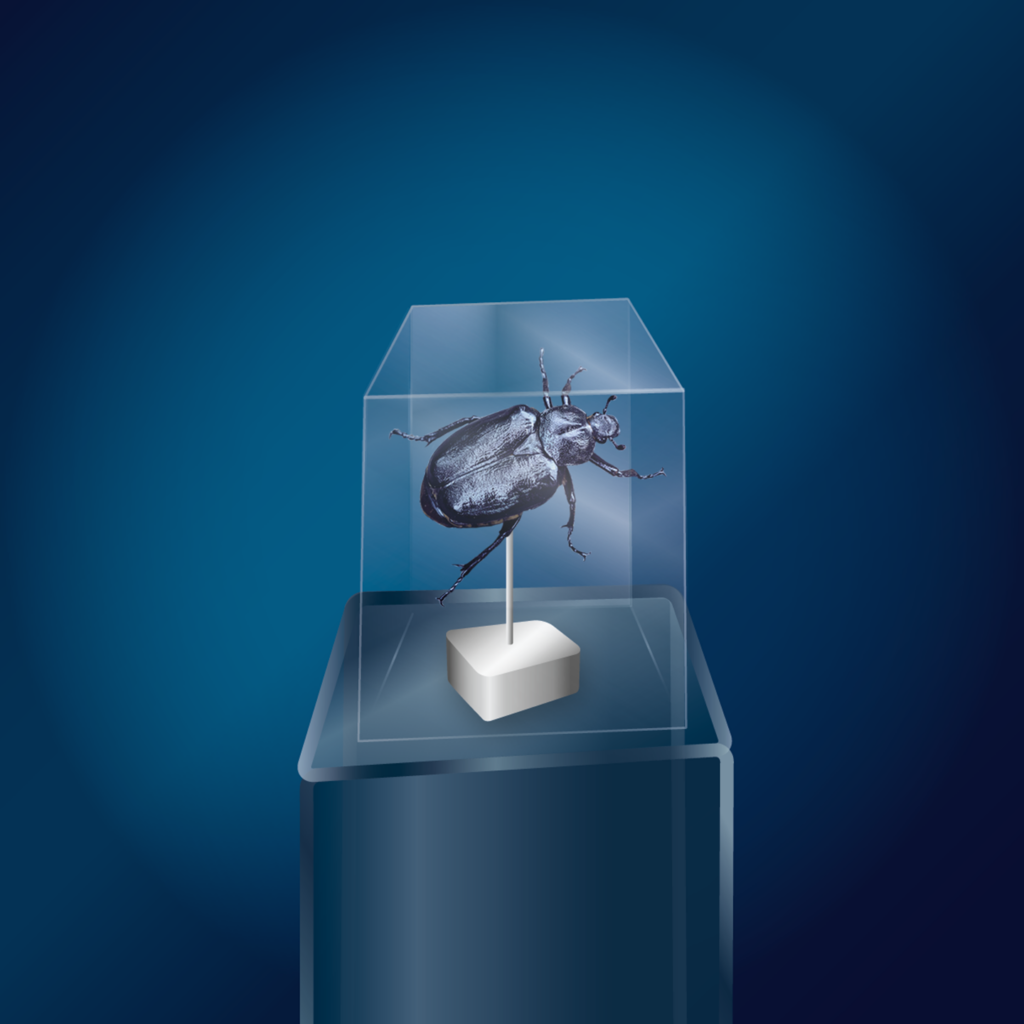The hermit beetle was one of the victims of forestry practices during the fossil era, as its lifestyle depends on old deciduous trees with plenty of deadwood. The hermit beetle has become a symbol for all those fighting to protect living beings: if the beetle suffers, you can be sure that other species suffer too!
The hermit beetle’s habitat decreased and became more fragmented throughout the fossil era, which made migrating to healthy habitats very difficult.
In the end, most habitats were so small that the chances of long-term survival for the beetle were nearly zero — and sadly, the outlook is still grim. Investments in negative emission technologies and a renewed focus on fast-growing trees for carbon storage have further marginalised the old trees that the beetles once called home.
Deciduous trees: Trees that lose their leaves in the autumn and grow new ones in the spring.
Negative emissions: Negative emissions mean that more emissions are absorbed than released, resulting in a reduction in that the amount of emissions in the atmosphere. A technology used for this purpose is BECCS, where fast-growing trees are used for bioenergy but where the resulting emissions are collected and stored using CCS technology (see CCS). Since the trees store carbon dioxide through photosynthesis, the result — in theory — is negative emissions.
This text is part of the future scenario and study material Beyond the Fossil Era.
